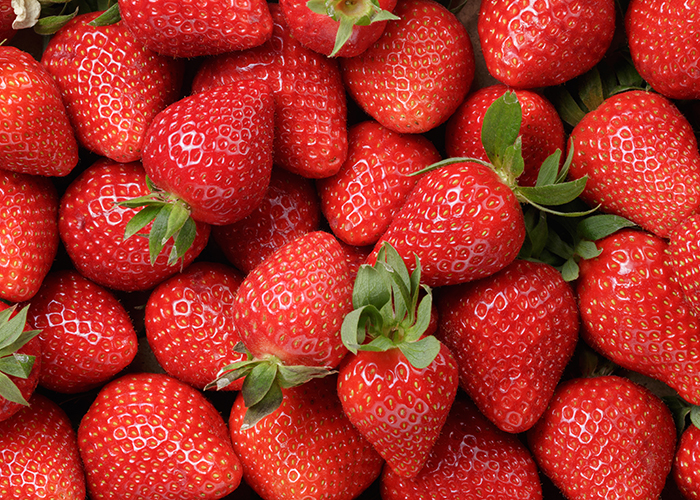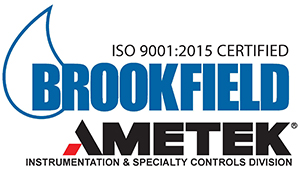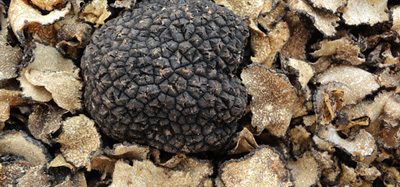Application of Instrumental Texture Analysis Within The Food Industry
- Like
- Digg
- Del
- Tumblr
- VKontakte
- Buffer
- Love This
- Odnoklassniki
- Meneame
- Blogger
- Amazon
- Yahoo Mail
- Gmail
- AOL
- Newsvine
- HackerNews
- Evernote
- MySpace
- Mail.ru
- Viadeo
- Line
- Comments
- Yummly
- SMS
- Viber
- Telegram
- Subscribe
- Skype
- Facebook Messenger
- Kakao
- LiveJournal
- Yammer
- Edgar
- Fintel
- Mix
- Instapaper
- Copy Link


In this AMETEK Brookfield webinar, hosted by New Food, Christopher Freeman discusses the application of instrumental texture analysis within the food industry and its associated benefits for an organisation.
The ISO definition highlights that food texture is predominantly associated with perception, which above all things makes it a human experience encompassing:
- Mechanical
- Geometrical
- Surface attributes of a product
The Brookfield brand has been considered the world standard in viscosity measurement and control of liquids and semi-solids for more than 85 years. Its texture analyser has also gained a reputation for being the ideal tool for tension and compression testing.
Its evaluation encompasses more than just its perceived texture in the mouth but a much wider range of parameters, such as behaviour during handling and consumption, as well as its visual structure and as such can be described as a complex-specific multidimensional sensory attribute.
Texture testing is used to objectively quantify food textural attributes such as hardness, chewiness, bite force, softness, stringiness, tenderness and many more. In a webinar led by AMETEK Brookfield, attendees can learn about its varied applications and benefits that it can bring to their testing environments.
Who should attend?
Personnel working in the R&D, NPD, Q/A, Q/C, and production should attend. The presentation will be of interest to the food industry including Bakery, Confectionery, Dairy, Food technology departments in Universities, snacks and many more.
The principle objective of this training module is to establish:
- Food texture analysis as a correlation between analytical measurements of physical properties and human sensory perception
- To show the type of measurement it is in relation to empirical, fundamental and imitative techniques.
- Its importance and relevance to consumer preference
Key learning outcomes:
To understand texture analysis, including:
- The history
- Scientific basis
- How a texture analyser works
- Why texture analyse?
- Principle of applications
- Factors to consider to ensure successful measurements
- Environments where texture analysis may be applied.
Additional objectives are to discuss the relevance of the mechanical characteristics which texture analysis will quantify.
Keynote speaker


Christopher Freeman, Sales Manager, AMETEK Brookfield
Christopher has worked with AMETEK Brookfield for 14 years. Having moved from his position as Senior Product Manager he is now Sales Manager, responsible for the texture product range for Europe, Asia, Middle East and Africa.
Related topics
Flavours & colours, Processing, Product Development, Research & development, Technology & Innovation








